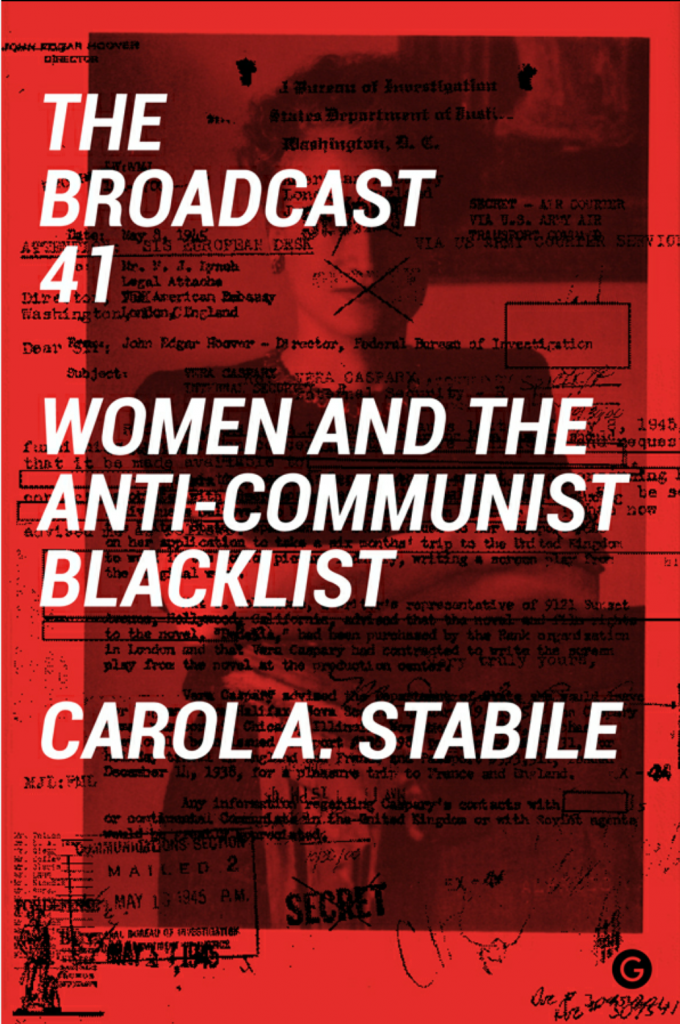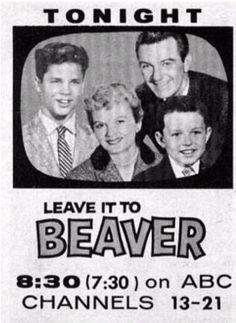one example of How women suffered at the hands of anti-communism

Despite gender playing an inherent role in aiding domestic and maternal battles against communism, it concurrently proved problematic in communist witch hunts. In her book, The Broadcast 41, Carole Stabile understands an interconnection between gender and allegations of communism – this time working against women. When blacklisting began with the release of the Red Channels: The Report of Communist Influence in Radio and Television, anti-communists identified forty-one women as “members or sympathizers” of the Communist Party. Stabile argues that these women were not necessarily condemned for communist sympathizing, but simply posing a challenge to society as was.

Television was a male-centric sphere in the fifties: TV shows were headed up by white, male characters, portraying the epitome of masculinity and chivalry and the studios in which they were filmed were led by white, male producers. In turn, the shows produced mirrored “1950s white male fantasies about family life, where women uncomplainingly raised children, managed households and volunteered in their communities.”[1] Stabile finds it no surprise that the women listed on the Red Channels blacklist, therefore, were “engaged in oppositional cultural production: they criticized anti-communist norms of gender, race, class and nation and resisted the imposition of these norms in their personal, professional, and political lives.”[2] With the landscape of popular culture shaped by gender models, the anti-communism crusade found targets in those that diverged from the status quo.
Stabile’s study raises key questions surrounding the sincerity of the anti-communist movement of the fifties, and encourages readers to question the actuality of the crusade. Did the government lay into anti-communist claims as a method of ‘refining’ America? As a way to maintain gender roles, security and social standards? Four of the 41 women were African American, one was Mexican American and at least a third were Jewish, “most were from working-class or immigrant backgrounds (sometimes both).” Is it a coincidence, therefore, that conservative groups entrenched in gender stereotype, such as the DAR, were known for their classist and xenophobic tone amidst calls for ‘Americanism’? TV in the 50s adhered to a “white, native-born, Cold War masculinity” that altogether neglected everything the Broadcast 41 stood for.
REFERENCING
All quotes from:
Stabile, Carol A. The Broadcast 41: Women and the Anti-Communist Blacklist. London: Goldsmiths Press, 2018.